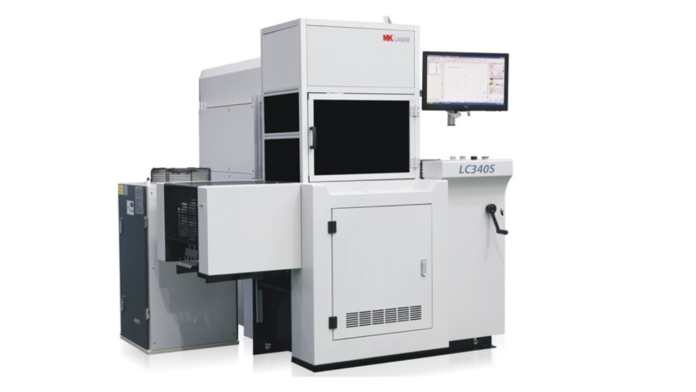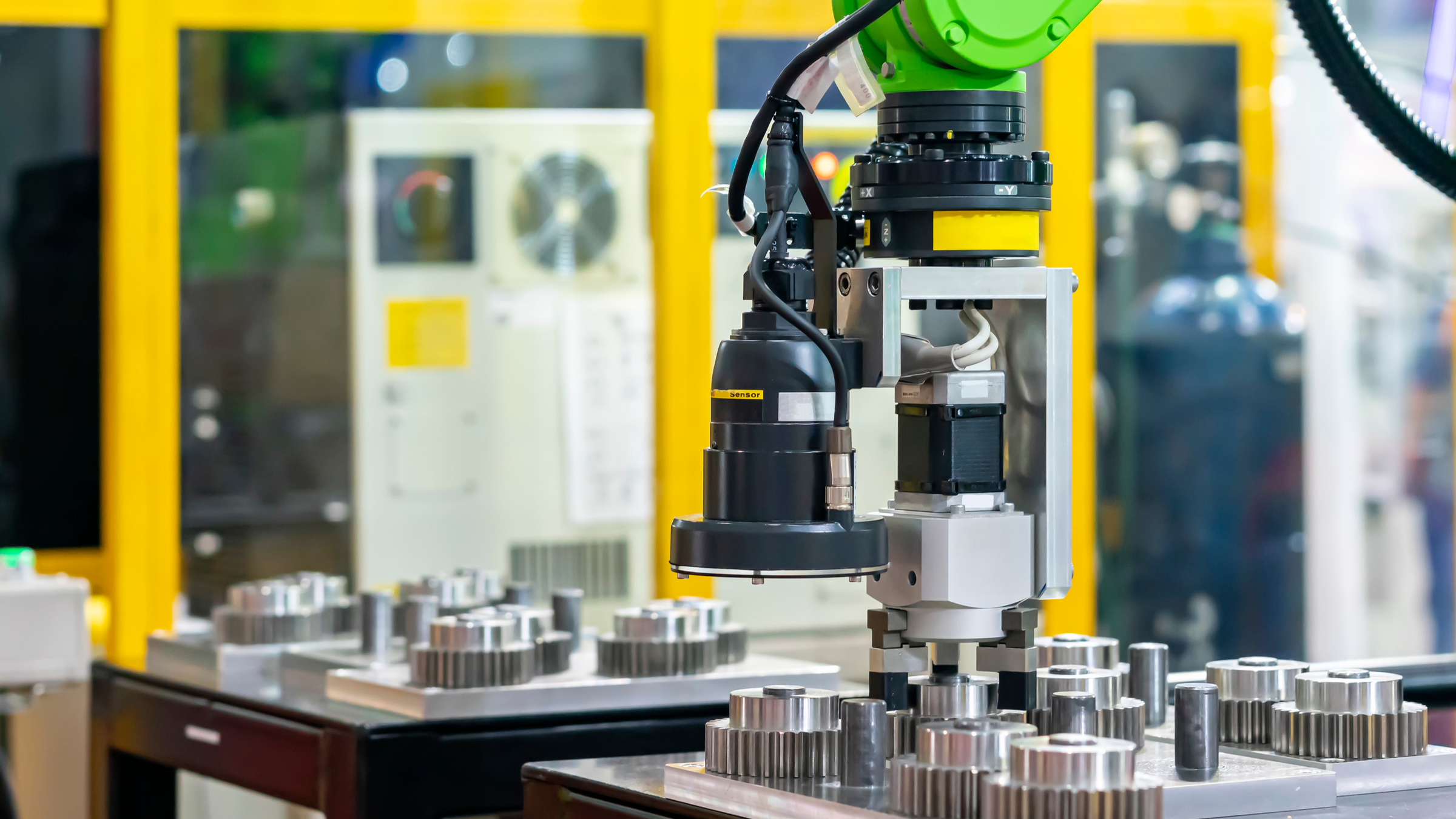Laser die cutting technologies are revolutionizing work productivity in manufacturing processes. In contrast to the conventional die-cutting method where a metal die is used to shape the material, laser die cutting involves the use of a high speed laser beam operated by a computer. This innovation thus reduces the procedures to a simple, less space consuming, less time consuming, and less costly procedure. The following is a description of how laser die cutters create the above impact.
Overview of Traditional Die Cutting Versus Laser Die Cutting
Conventional die cutting entails using die press tools to cut shapes out of a material such as cardboard or paper. These dies need to be stored physically, and they sometimes come in sizeable volumes. Changing designs requires changing the dies, which results in increased costs and time consumption. However, laser die cutting does not require any physical die at all. Laser cutter: With this, one is able to get a very clean edge, sharp and quick change of the cutting line. You can visit us to uncover more facts.
Eliminating the Need for Physical Storage of Traditional Dies
Another advantage of laser die-cutters is that they help maximize storage space. Standard dies require a large amount of space and should be arranged in a specific manner. Some of the physical tools used in traditional methods of cutting are eliminated in laser die-cutting machines, such as the flatbed or roll-fed models. The only machinery needed is the actual laser cutter, which is relatively small and very portable. This shift helps to overcome the problem of having numerous dies in the storage unit.
Speeding Up Production with Quick Adjustments
Laser die cutters have the versatility to make changes on the fly during the creation process. For instance, you can bet on changing designs whenever it pleases you without necessarily ordering new dies to be created. This process of die cutting is very tiresome because in each design change, you have to design and fix new molds. Compared to mechanical die cutting, laser die cutting allows changing the laser beam’s direction easily to decrease the setup time while increasing the production rate.
Minimizing Lead Times and Storage Organization
Laser die cutters improve the flow and combination of operations. They also assist in decreasing lead times, as they enable an organization to make changes and implement them instantly. For instance, the LC330RE model has compatibility with digital print equipment for making tailored products like self-adhesive labels. This efficiency implies reduced time spent on planning and more time spent on operations. Laser die-cutting technology has been adopted in the manufacturing process by many manufacturers and companies, and there are improvements in their work, organization and performance levels.
Reduced Tooling Costs and Enhanced Flexibility
Laser die cutters are also cost-efficient. The fact that physical tooling is no longer necessary, companies avoid such costs as the creation and maintenance of metal dies. Moreover, the mentioned machines are capable of cutting a wide range of items, including cardboard, fabrics, and metals. This makes laser die cutters suitable for use by different companies that need to come up with various designs of the same product without the need for different dies.
Conclusion
Laser die-cutting machines are more efficient and control space. Thanks to these inventions, production with quick adjustments, rarely using physical dies, and cutting tool costs make these machines revolutionary to manufacturing processes. As more industries discover the advantages of laser die cutting, expectations are high for more extensive use of laser die cutters, which in turn will lead to increased improvements in productivity.










